Assessing Hitters and the Importance of Communication
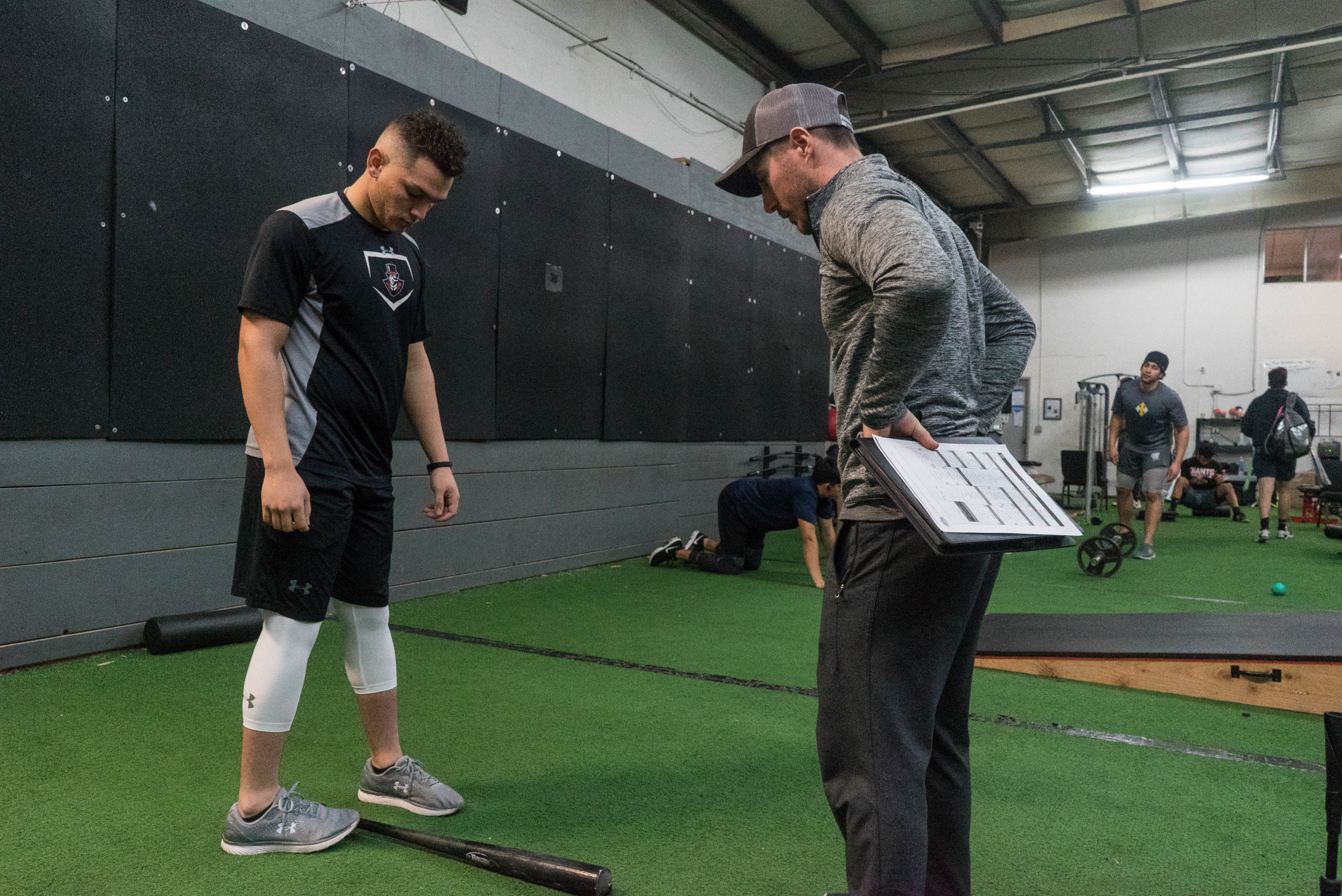
Almost every coach or hitting guy has had that moment: They’re working with someone on a swing change, and the athlete can’t complete the movement. Not a single cue seems to register, video hasn’t helped, or maybe the kid will never make it. So after weeks of trying to help this guy, you just decide that maybe he’s just got what he’s got at this point, and then you move onto the next guy.
I know I’ve had those moments, more times than I would like to admit. I’ve played at the JC level and at D1. I’ve coached JV high school, JC, and a summer team in the WCL littered with good D1 talent. Each of these teams has had at least one of those guys, usually more, that are eager to get better, but they just can’t seem to make a change no matter what you throw at them.

Become the Hitter You Want To Be
Train at Driveline
I can’t tell you that they didn’t get better because of a lack of want or “buy in”; they were limited physically, and I couldn’t see it.
When you’re working with an athlete, he typically trusts you and wants to accomplish the ideas you’re throwing at him. But bringing up that same video of Barry Bonds to each player and saying “See that!? That’s what you need to work on!” in most cases doesn’t help anything.
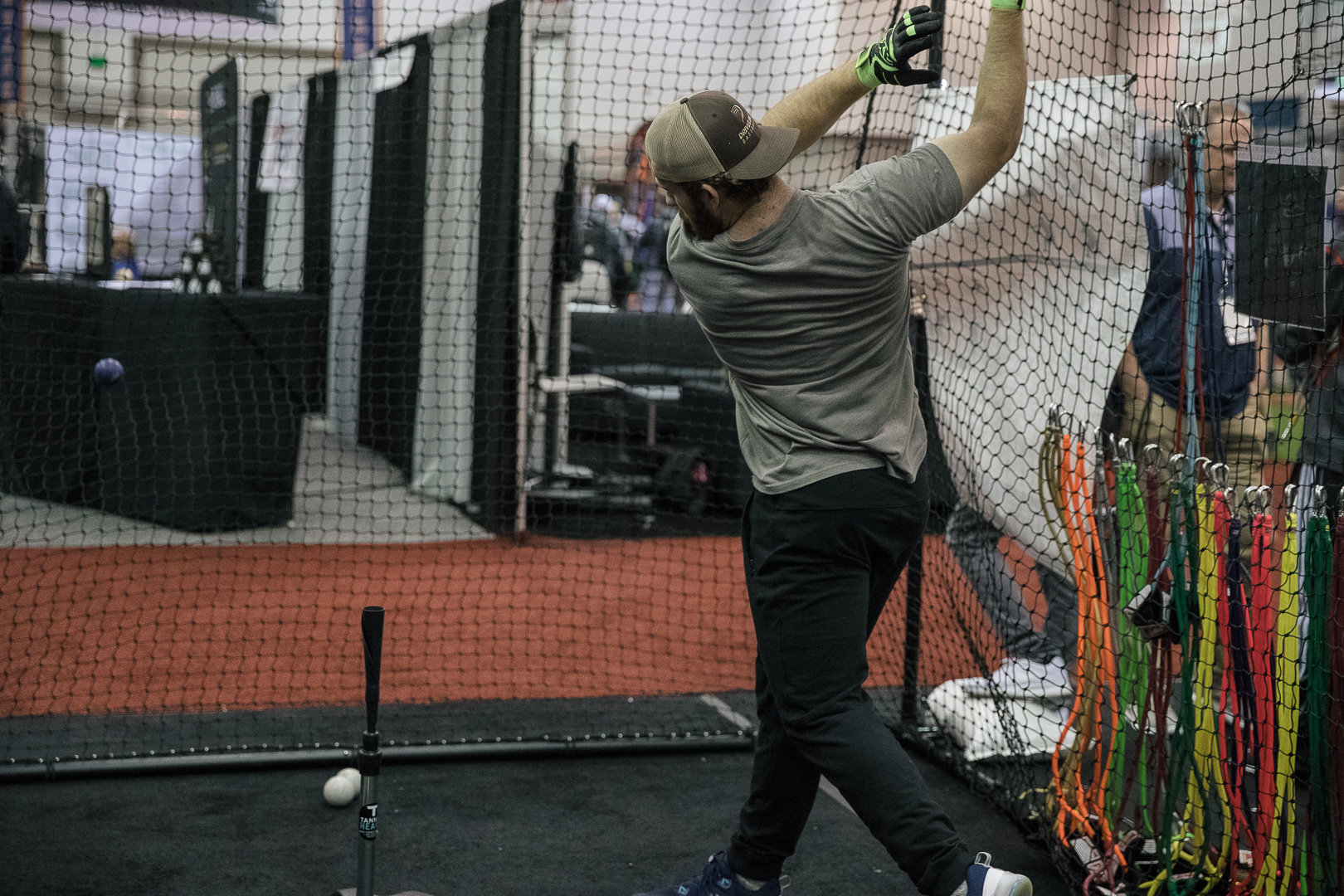
It’s this situation where I would step in and say, “You’re wrong.” Now don’t get me wrong, video can be a great tool for an athlete, and it’s great to have videos of professional swings, but this can misapply certain lessons.
I wouldn’t disagree that the kid has work to do; I would simply point that that we don’t genuinely know as coaches that he can even do that physically. If everyone could move like Barry Bonds, why aren’t there many swings like his in the MLB? Why isn’t there a Bonds, Trout, and Griffey swing on each team? Because everyone moves differently.
Taking a Lesson From TPI
In April I went to the Titleist Performance Institute (TPI) Level 1 seminar. TPI is the leader in golf when it comes to building tour-level golf players. What they do better than anyone else is figure out exactly how their athletes move, then build a swing that is fit to their physical capabilities. I wanted to learn what they knew about the golf swing to see what could be applied to baseball.
TPI is great at getting golfers to move differently through various mobility exercises, strength programming, and PT work so that they can create a new swing with their new gains in mobility and/or stability. It also emphasized the vital role that objective measurements in screening can have on an athlete’s development.
At the level 1 seminar, I learned how to screen an athlete and what correlations it will have with his golf swing based on findings from the screen. But I also learned how to create a better form of communication with the athlete by explaining his movement deficiencies and what influences it might have on his swing.
TPI truly emphasized two things:
- Coaches need to be aware of movement limitations and how they can help fix them.
- Coaches also need to focus on how they communicate what they know with their athletes
Most importantly, it opened my mind to movement deficiencies and how much they affect a hitters movements/swing capabilities. Now a lot of you are thinking that golf and baseball are totally different sports. While this is true, the physical limitations in each athlete’s body can easily be transferred from the golf swing to a baseball swing.
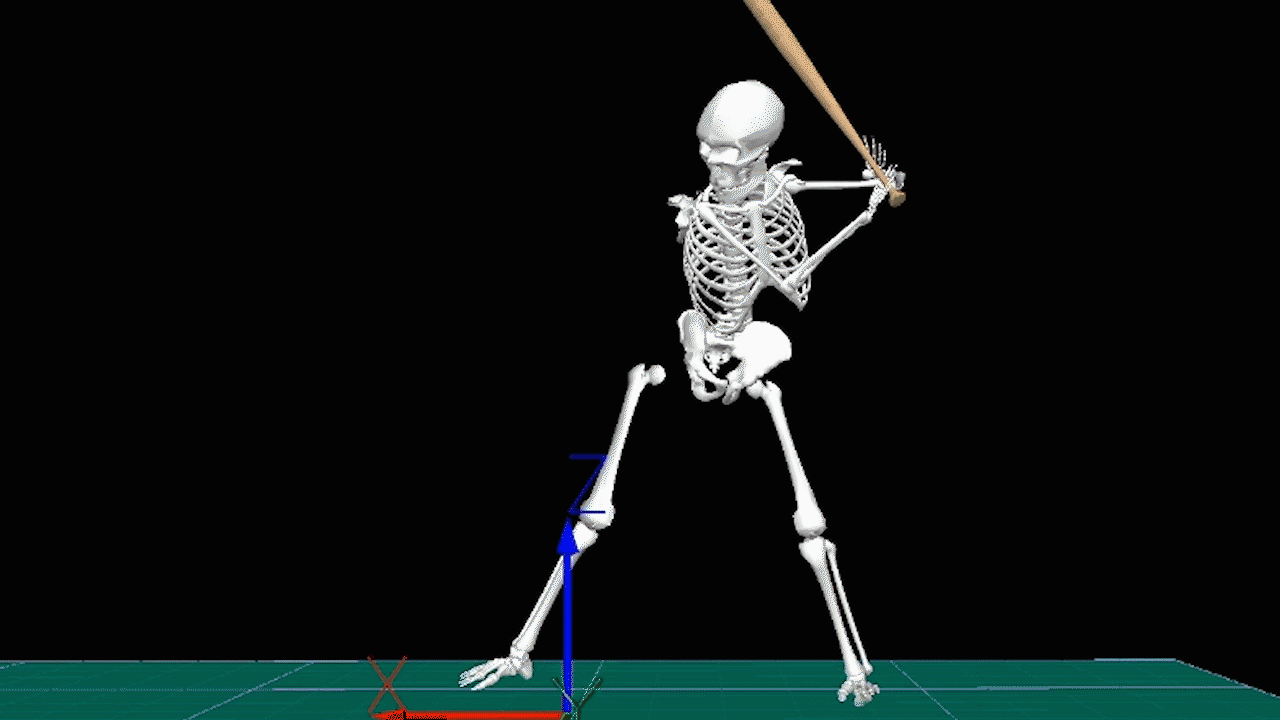
Foundations of Hitting
30 modules teaching you everything we know about hitting and hitting mechanics.
Introducing the Assessment with a Focus on Communication
When I got back to Driveline, I immediately screened every hitter we had in the gym. I binge watched exercises and would try them on myself every morning before working out. Then I would program exercises to help our hitters get into better positions or movement patterns based on what I found in their screen.
The result of this screening is the creation of an individualized warm-up and recovery that each hitter has every day to help keep his body working at the optimal level. Creating an individualized program for each hitter is a two-way street for both the athlete and trainer.
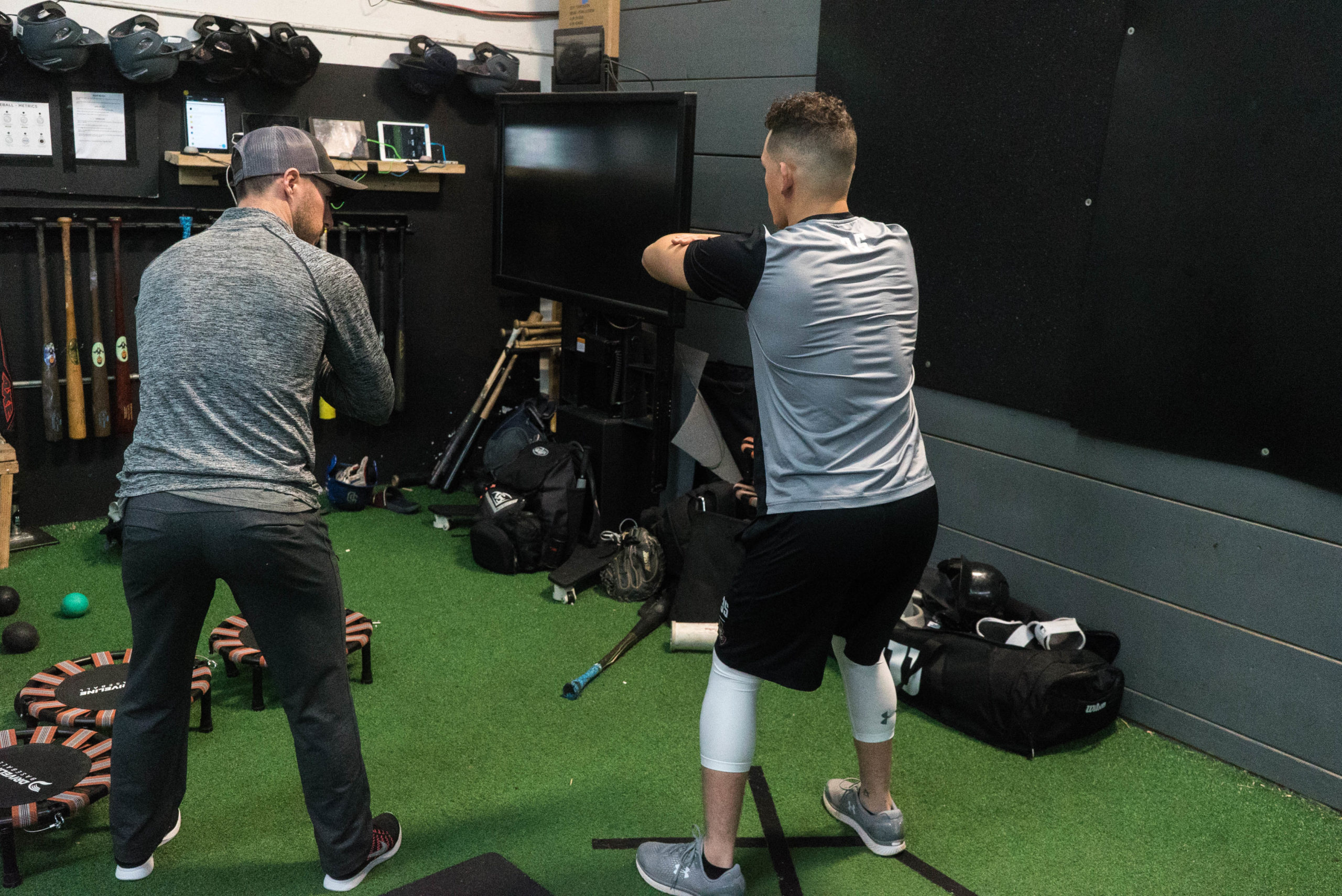
Athletes should know the importance of their program and take it seriously if they plan on making substantial changes in the cage. If they are just speeding through the motions and not getting the most out of their exercises, you can expect them to see the same problems arise in the cage. Coaches need to effectively communicate what they see and explain the why behind what we’re telling them to do.
Besides that, a sense of ownership has to be given to athletes, because if they don’t take their part of the job seriously, how are we supposed to do ours? It has been very important to convey to guys when showing them their exercises, what it means, why it’s been prescribed, and how it will help them be a better hitter. Rather than tell a guy, “Hey, do these exercises every day, it’ll help,” you have to be more diligent in your explanation:
“Hey, you failed the lower-quarter rotation test, and for the past couple weeks we’ve been trying to get you to load into your back hip with no success. Try these exercises out; they should help open the ROM in your hips and allow you to get into that spot easier.”
Having the ability to deliver that message to athletes is huge when it comes to getting them locked in on what you’re trying to help them with. Of course some guys, the deep thinkers, need a separate approach so they aren’t looking at a 95 mph two seam and thinking about their gluteus medius being primed. More importantly, knowing the results of the screen and how each athlete moves are extremely important for trainers and coaches. Now when anyone is struggling in the gym, before opening my mouth, I’ll pull up their screen and see if i can figure out why they are failing so hard today. It has helped not only me but also our entire staff to grasp this concept, instead of hitting the panic button and rushing a guy over to the tee to work on some constraint or feel idea we might have.
This also helps teach athletes that getting better isn’t just about more swings; it’s about taking care of their bodies to put themselves in a better position to succeed.
Implementing a team approach is extremely important when it comes to truly helping athletes achieve success. If a hitter is doing all of his mobility/stability warm-up and recovery, and we’re working on the same swing change for a couple weeks now and nothing seems to be working, then there has to be consistent communication with the PT and strength staff. When using these lines of communication, language is critical!
When I come to a strength trainer or PT and say, “Hey we’re struggling with Ricky losing his barrel, get him in so we can make some changes,” and another hitting trainer comes to the same person and says, “Hey Ricky is scooping hard, can you work on him and see if we can change that?” it is going to be confusing to that staff member. The trainers might be telling them the same problem, but it could be received differently. How are they supposed to know what swing characteristic dictates which body movement?
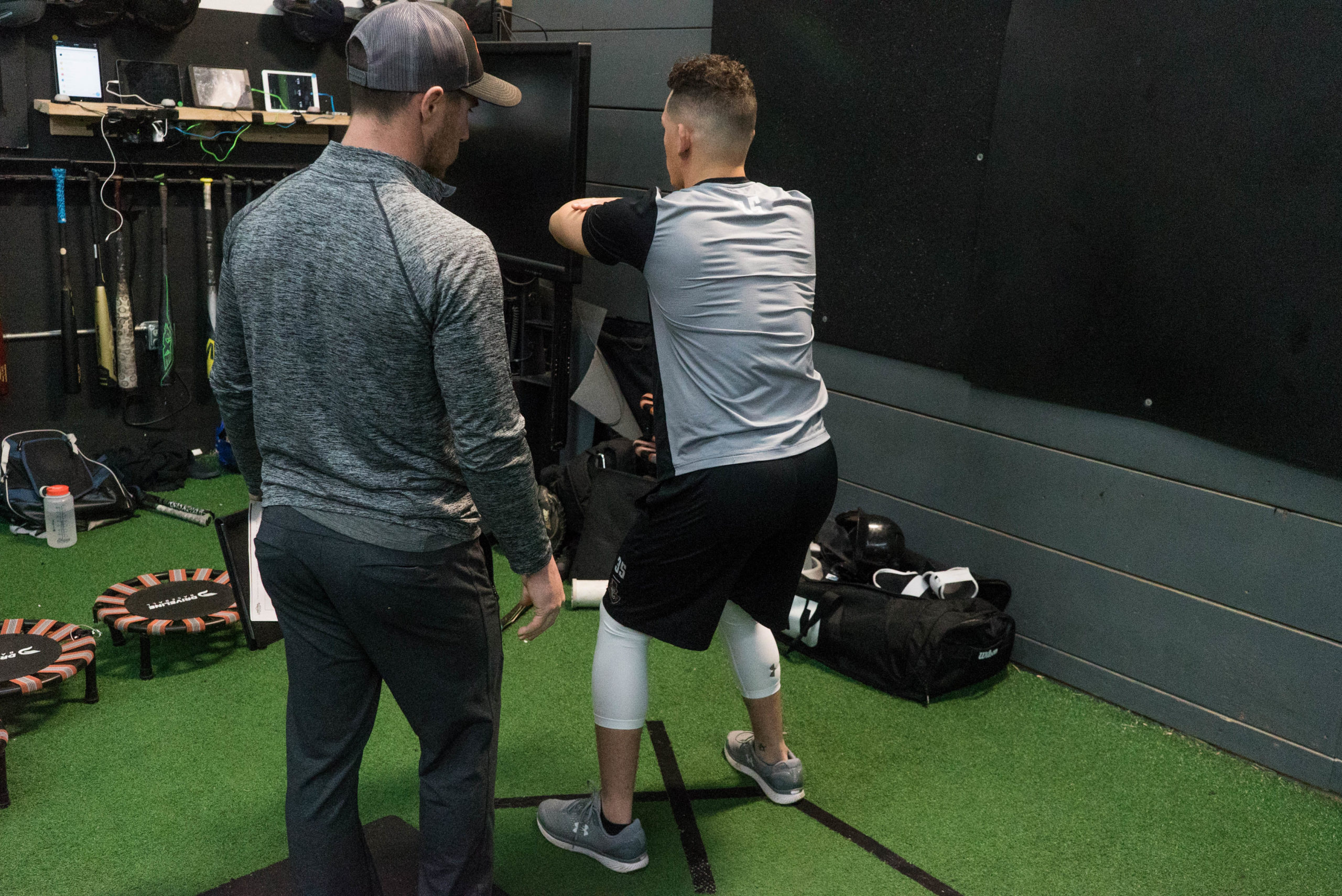
To someone that’s not watching hitters every day, those two swing explanations could be taken as two totally different movements or problems. That’s where consistent language between each team (skill, PT, strength) must be implemented. Just one misunderstanding can set an athlete back onto the carousel of failure and frustration. While each team member thinks they’re “helping,” the athlete is just getting thrown more terms at him, which delays his path to success. The baseball community as a whole needs to do better in adopting a set of terminology for swing characteristics. But with the amount of bickering and wasted time that would cost, we’ve implemented our own terms in house. We’ve got to start somewhere.
Getting Baseball Specific
Following my trip to TPI, our entire hitting staff went down to Oceanside, California, the home of TPI, to the OnBaseU Level 1 seminar. OnBaseU was created by the same man who created TPI, Dr. Greg Rose. Dr. Rose created a new screen specifically for hitting, and he showed us how these traits in the body could impact a baseball swing. Having gone through the TPI course, I was ecstatic to get down to Oceanside and learn the screen for baseball. Our other hitting trainers (Tanner Stokey and Max Dutto) were blown away at the knowledge they had just received, and we were all eager to get back and begin screening everyone all over again. As we move forward with this process of individualizing programs for both hitting, strength, and movement, we see that hitters must be monitored more closely than we had thought.
Of course, hitters don’t have the injury risk that pitchers do, but eventually the game catches up with you, and then you go through those 0-20 cold spells. Why is that? Maybe, pitchers have found a formula to get you out; maybe, you’re pressing and swinging at bad pitches. Or maybe, there’s been something that has changed in your body where you can’t move the way you moved a couple weeks ago. All of these are very likely possibilities, but the easiest one to start with should be the body. Knowing where an athlete’s body is when he is hitting his best will give you the ability to see what problems he might be having when he’s struggling. It’s basically a cheat sheet for his swing (not Barry’s swing).
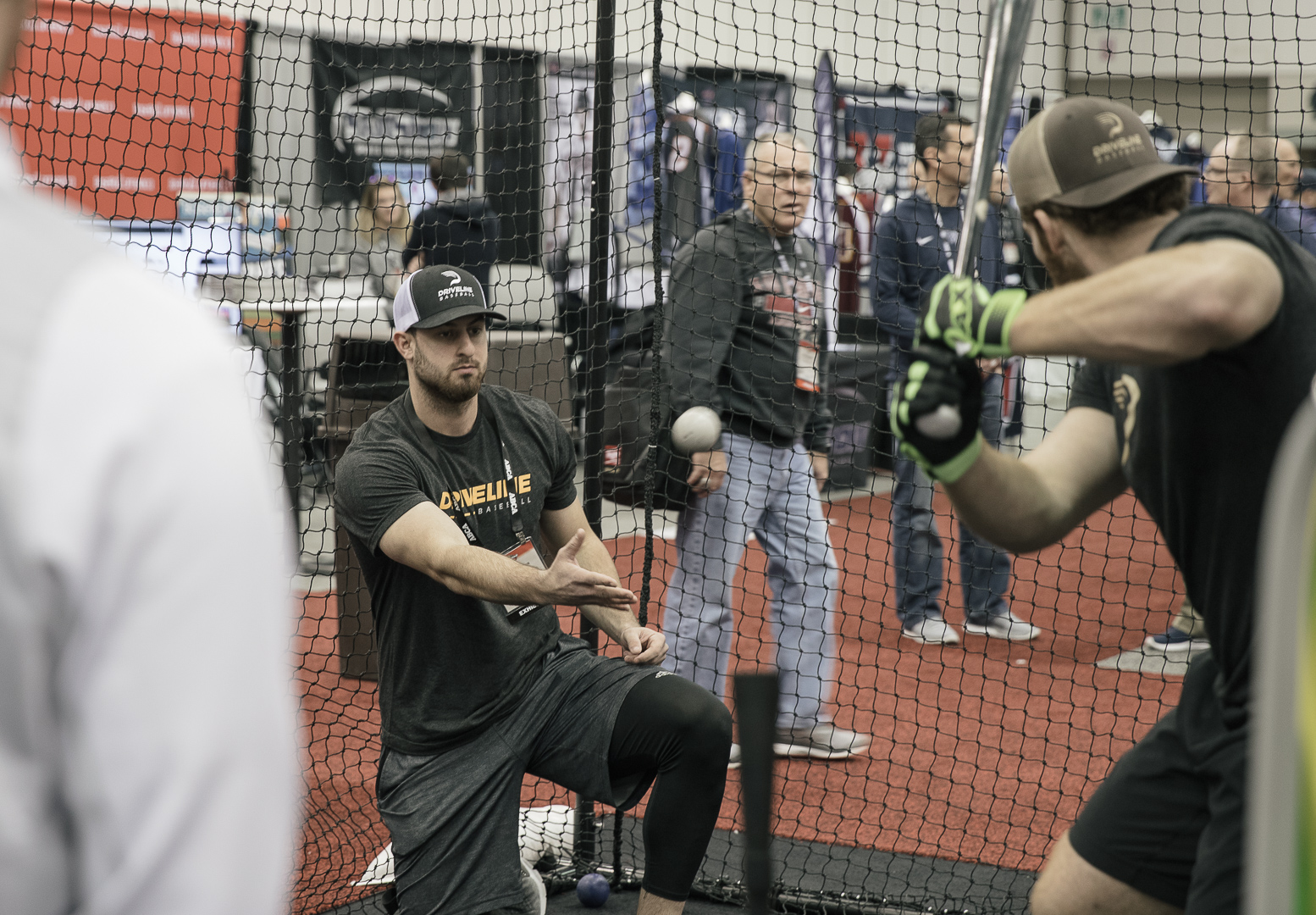
So, when that player comes to you and he’s been struggling, you can take him through a screen and show him how his external rotation on his back shoulder is much more limited than it used to be. Therefore, he might be casting his hands early or having to commit to pitches too soon. Or, you could find nothing and begin to work on the approach he needs to take to the plate based on how he’s been getting pitched. No more throwing stuff at the wall and seeing what sticks; the screening helps you find direction. Find out how an athlete’s body is working and create a plan of attack with your strength, PT, and skill staff to get him back on track.
You see it in cages all across the world. The athlete goes 0-20, and he’s in the cage working on the tee, taking countless swings to get himself back together, trying new drills and new ideas he’s heard from his friends. All of a sudden, he’s got a band tied to a pole behind him and wrapped around his waist, a band stretched off the knob of his bat to his front foot, trying to hit beach balls bouncing on the ground with a broomstick.
Nobody wants to be a part of that, and nobody needs to go through that soul-searching moment when the answer could have been to roll out their glutes and do some 90/90 before hitting each day, and the problem would solve itself. The body is an incredible machine, but when it’s not operating properly, there will be issues in the system. So, periodically hitters will be taken aside when they’re struggling and run through a few different test that might be the issue, before even addressing the swing. The answer could be as simple as doing a variation of planks for a minute, and they’re back to getting competitive swings off. Other times when the answer isn’t so easy, the team approach comes in extremely valuable, so we can catch the issue early and get them back to where they need to be.
Train at Driveline
Interested in training with us? Both in-gym and remote options are available!
- Athlete Questionnaire: Fill out with this link
- Email: support@drivelinebaseball.com
- Phone: 425-523-4030
This article was written by Driveline Hitting Trainer Max Gordon
Comment section
Add a Comment
You must be logged in to post a comment.
Adam V. -
Great post. Truly appreciate everything you are doing for the game.
Herb Olivencia (Banditos Georgia) -
Outstanding post Max! Keep em’ coming. We need more of this as hitting coaches out here changing lives through development and getting our guys to the next level!
Shane Schellsmidt -
I love the effort in your post. I feel you are exactly right, we need to stop attempting to build another Barry Bonds, and invest our time in helping each hitter become the best version of themselves (peeling back the layers, and reprogram). Sadly though, an undertaking such as that is going to take a better a plan of action. Watching Bonds hit, followed by low level statement, “see Bonds do that, that’s our goal.” Sorry, I could go on and on. Thanks again for all your effort and insight. Happy Holidays!